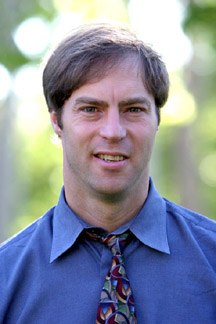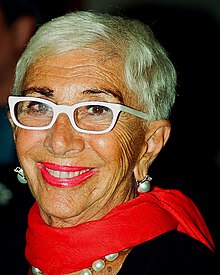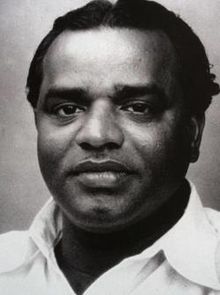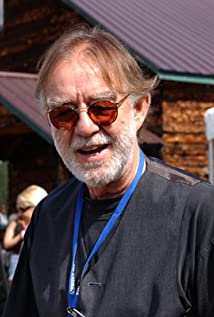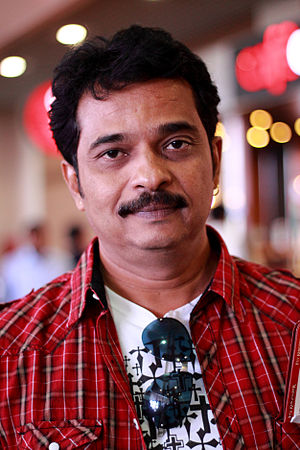As an undergraduate, Meyer had been "quite comfortable accepting the standard evolutionary story, although I put a bit of a theistic spin on it – that (evolution) is how God operated", but during his work with ARCO in Dallas, he was influenced by a conference: "I remember being especially fascinated with the origins debate at this conference. It impressed me to see that scientists who had always accepted the standard evolutionary story were now defending a theistic belief, not on the basis that it makes them feel good or provides some form of subjective contentment, but because the scientific evidence suggests an activity of mind that is beyond nature. I was really taken with this."


